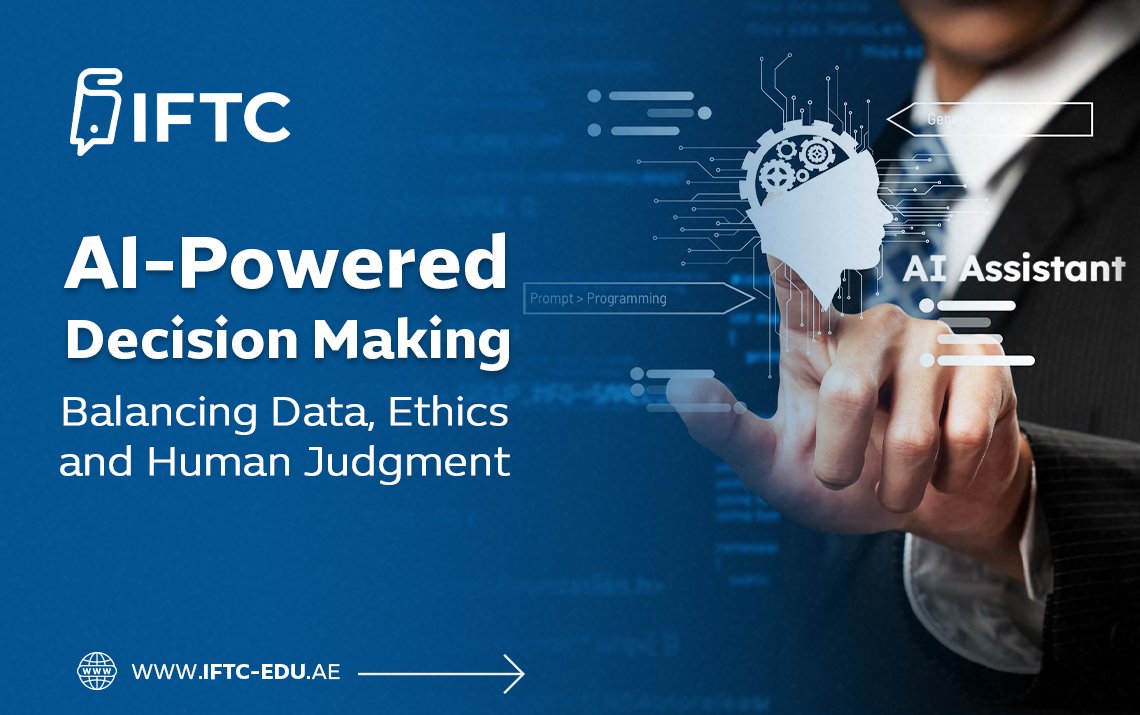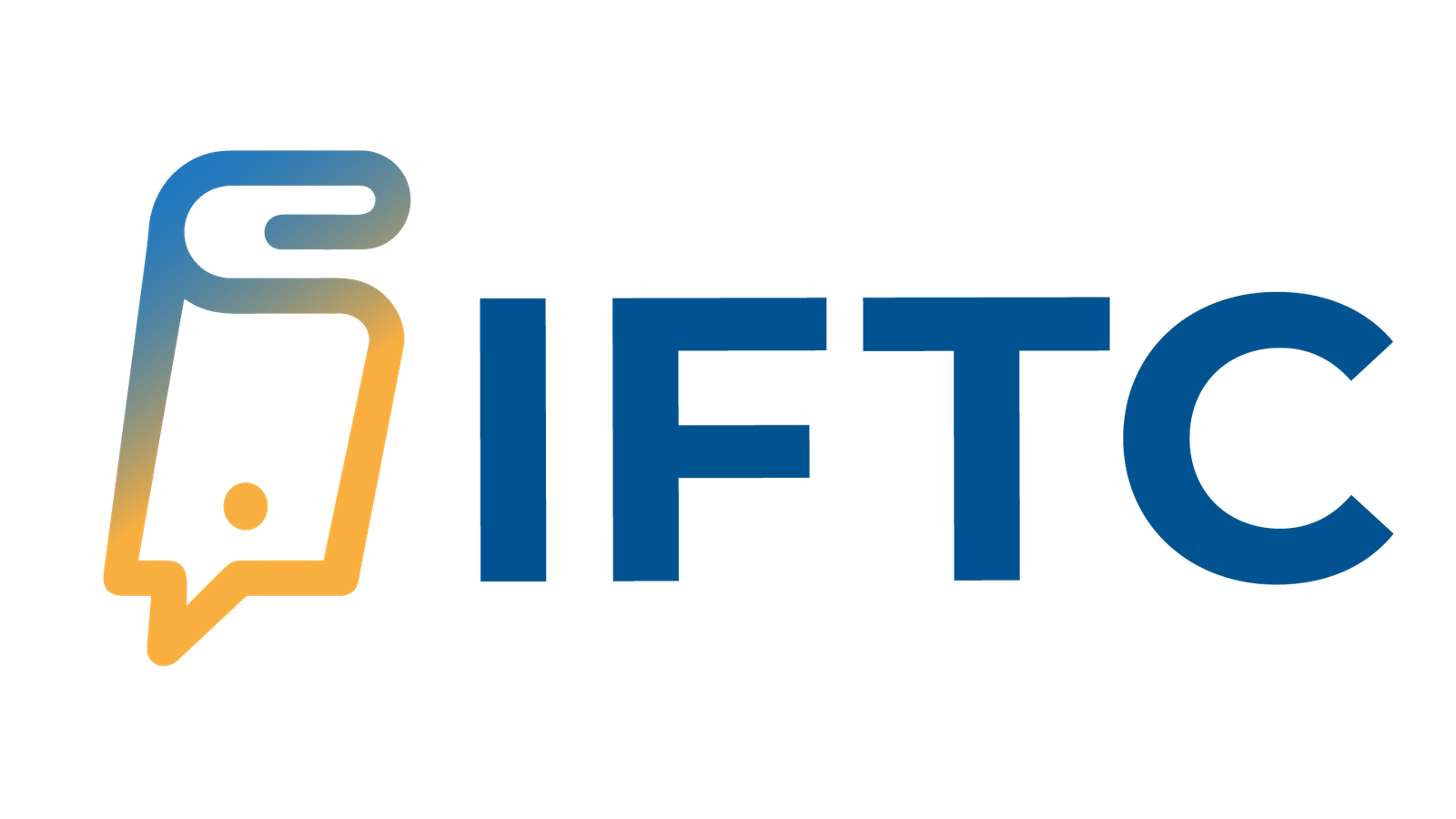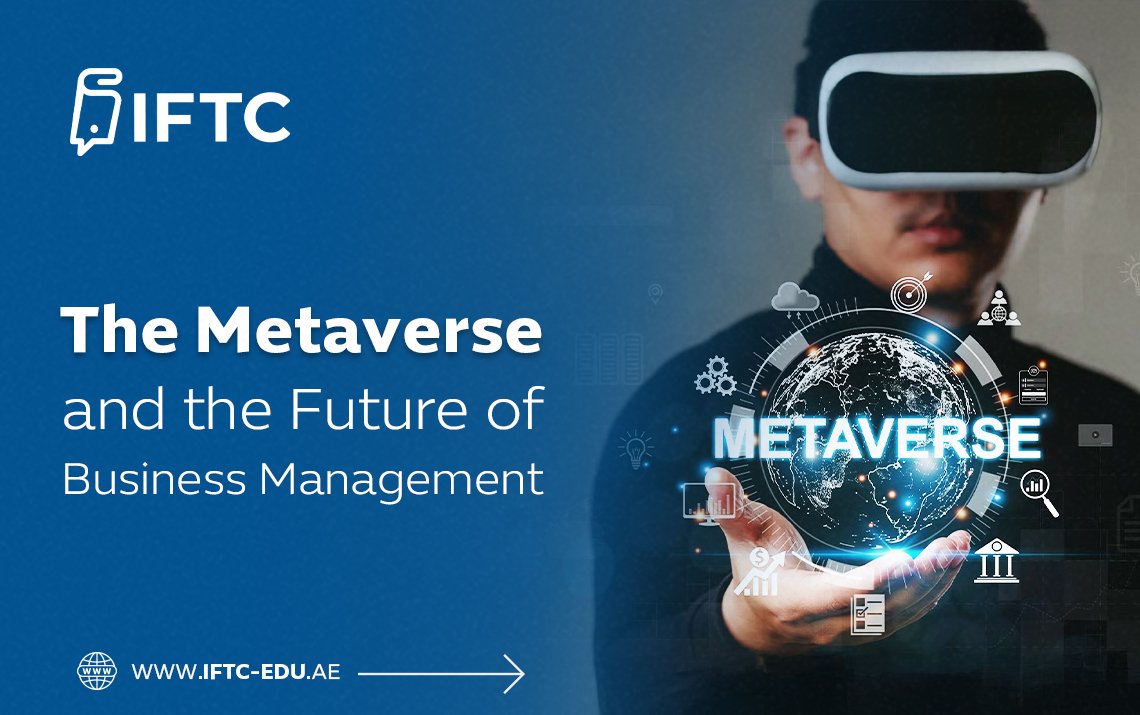
AI-Powered Decision Making: Balancing Data, Ethics, and Human Judgment
Introduction: Decisions in the Age of AI
In today’s business landscape, leaders face complex decisions faster than ever before. From supply chain disruptions to shifting customer preferences, the need for real-time, data-driven decision-making has never been greater. Artificial intelligence (AI) now sits at the center of this transformation, providing unprecedented insights, predictive analytics, and automated recommendations.
But with this power comes responsibility. While AI promises precision, leaders must balance data, ethics, and human judgment to ensure decisions are not only efficient but also fair, transparent, and sustainable.
The Rise of AI-Powered Decisions
AI decision-making tools leverage big data, machine learning, and natural language processing to:
- Analyze patterns invisible to humans.
- Predict market trends and consumer behaviors.
- Optimize operations and resource allocation.
- Suggest strategic moves in areas like pricing, hiring, and risk management.
For example, global retailers use AI to forecast demand with remarkable accuracy, while banks apply AI in credit scoring and fraud detection.
Benefits of AI in Decision Making
- Speed – AI can process millions of data points in seconds.
- Accuracy – Algorithms reduce errors caused by human biases.
- Scalability – Decisions can be applied across multiple regions or markets.
- Risk Mitigation – Predictive analytics identify risks before they escalate.
- Innovation – AI-driven insights reveal opportunities for new products and services.
The Ethical Dilemma
Despite these advantages, AI-driven decisions raise profound ethical concerns:
- Bias in Data: If the data is biased, the decisions will replicate those biases (e.g., discriminatory hiring algorithms).
- Transparency: Many AI models operate as “black boxes,” making it difficult to explain how conclusions are reached.
- Accountability: Who is responsible when an AI-driven decision causes harm—the algorithm, the developer, or the executive?
- Privacy: AI systems that rely on customer data raise questions about consent and protection.
These dilemmas make it clear that AI must be guided by human oversight and ethical frameworks.
The Role of Human Judgment
AI should not replace leaders but augment their judgment. Human involvement is critical for:
- Contextual Understanding: AI may misinterpret cultural or emotional nuances.
- Moral Responsibility: Only humans can apply ethical reasoning to decisions.
- Strategic Vision: AI optimizes for efficiency but lacks a broader sense of organizational purpose.
- Empathy: In decisions affecting employees and customers, human compassion is irreplaceable.
A Balanced Framework: Data + Ethics + Human Judgment
- Data – Ensure that AI systems are trained on clean, representative, and updated datasets.
- Ethics – Apply principles of fairness, transparency, and accountability.
- Human Judgment – Leaders should use AI insights as inputs, not final verdicts.
This triad ensures that decisions are fast, fair, and aligned with long-term strategy.
Case Studies
- Amazon: Discontinued an AI hiring tool after discovering it discriminated against women, showing the risks of unchecked AI.
- Netflix: Uses AI recommendations but balances them with human editors to highlight diverse content.
- Healthcare Firms: AI assists in diagnosis, but final treatment decisions rest with doctors.
Best Practices for Leaders
- Establish AI Governance Boards to oversee responsible use.
- Promote Transparency by requiring explainable AI models.
- Train Executives in AI Literacy so leaders understand capabilities and limits.
- Engage Stakeholders in shaping AI ethics policies.
- Regularly Audit Algorithms for fairness and accuracy.
Conclusion: Leadership in the AI Era
AI-powered decision-making is here to stay, transforming organizations across industries. But the best leaders recognize that technology is a tool, not a replacement for judgment. By balancing data, ethics, and human oversight, executives can harness AI’s power while safeguarding trust, responsibility, and human values.



